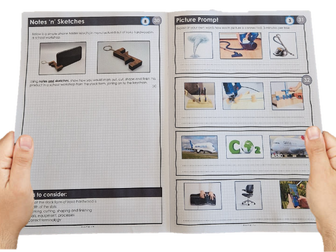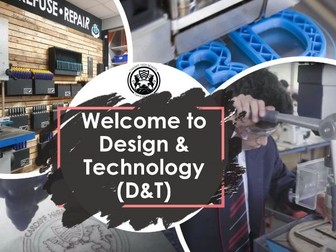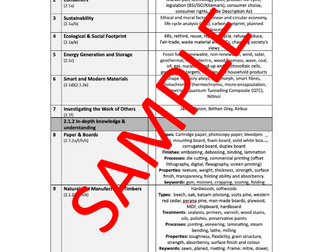Oblique drawing lesson for KS3 - Design technology - Graphics
Here is a PowerPoint presentation that I used to teach both of my year 9 classes how to draw in oblique projection. The PowerPoint contains a printable slide that I printed out onto A4 and each pupil completed the task in 10-minutes. <br />
<br />
The PowerPoint contains lesson objectives at the start and also a plenary slide to close the lesson. <br />
<br />
The printable handout (slide 5) was designed for AEN pupils. To differentiate for higher abilities you can always remove some of the red guidelines on the handout. <br />
<br />
An extension activity for slide 7 was that pupils could draw any 2Dimensional shape, then draw it using oblique projection. To differentiate this, you could easily mock up an oblique drawing tool on 2D-design and laser-cut it off onto scraps of 3mm acrylic.


